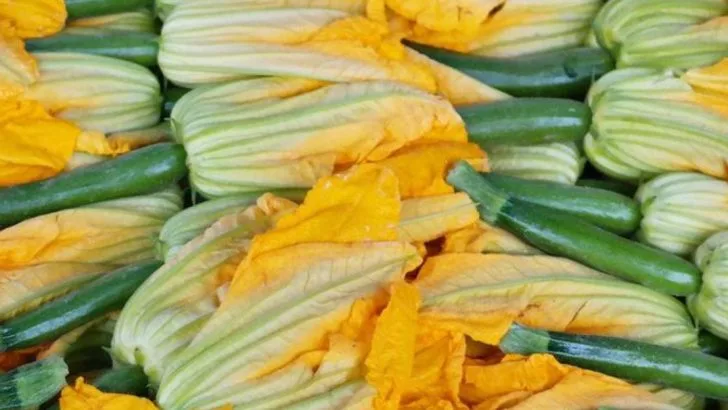Flowers don’t just add beauty and color to your garden — many of them also bring unique flavors to your kitchen. Edible flowers have been used for centuries in salads, desserts, teas, and garnishes, offering a delightful way to elevate your meals with natural taste and elegance. But not all blooms are created equal when it comes to flavor and safety.
Some edible flowers burst with sweetness or a hint of spice, while others provide refreshing herbal notes or subtle citrus undertones. Incorporating these blossoms into your cooking not only impresses guests but also connects you to a rich tradition of culinary creativity. Plus, growing edible flowers adds diversity and charm to your garden.
In this article, you’ll discover 15 edible flowers that taste just as amazing as they look — perfect for gardeners and food lovers alike who want to add a fresh, flavorful twist to their dishes.
Nasturtium

Nasturtiums bring a burst of color and peppery flavor that can transform any dish. These vibrant blossoms, often spotted in shades of orange and yellow, lend an unexpected zest to salads and garnishes. Beyond their spiciness, they’re also known for their round, lily pad-like leaves, which are edible too. Nasturtium flowers are easy to grow in most climates, thriving in both gardens and pots alike. Their cheerful appearance and spicy kick make them a favorite among chefs and home cooks. Add them to your garden and watch them bloom with minimal fuss.
Borage
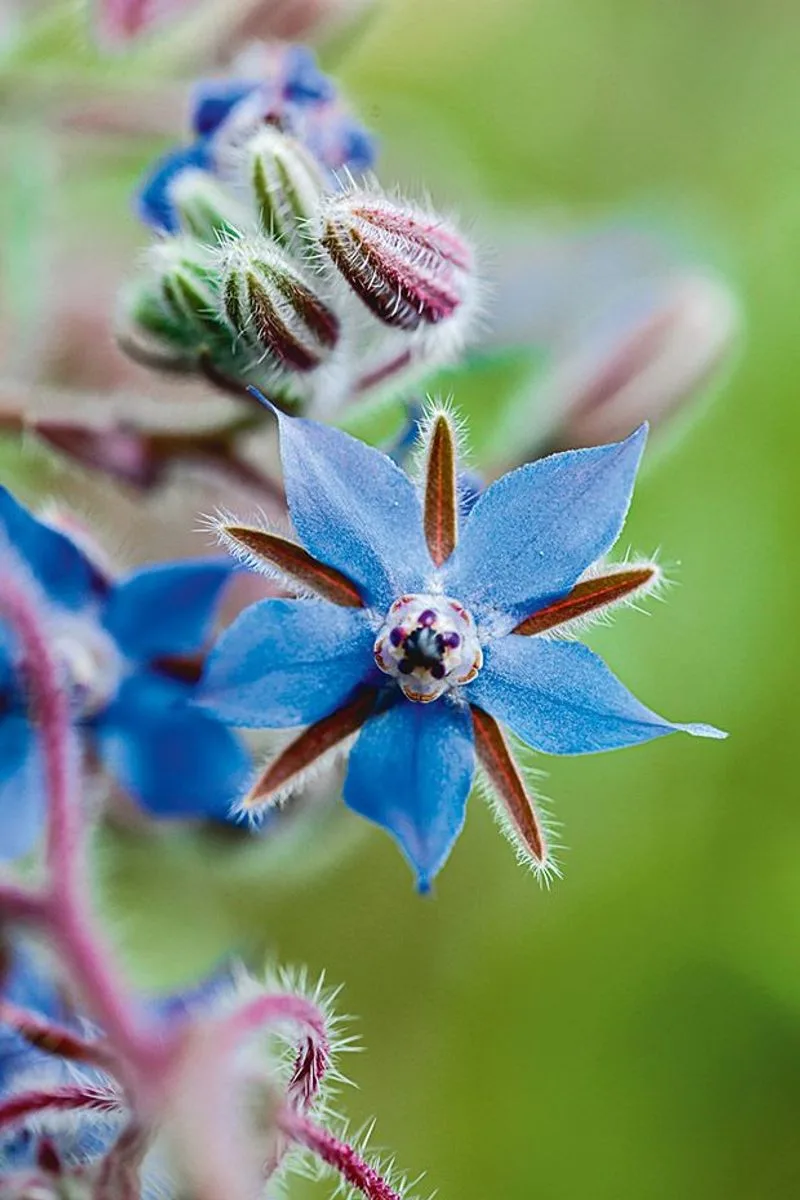
Borage offers a delightful cucumber-like taste wrapped in stunning star-shaped blue flowers. Often used to decorate cocktails or salads, this plant adds both visual appeal and a refreshing flavor. Traditionally, borage leaves were brewed into teas believed to boost courage. Today, they’re better known for their culinary versatility. The flowers attract pollinators, keeping your garden buzzing with life. With minimal care, borage will flourish in your garden, blooming profusely. Their unique taste and stunning appearance make them a cherished addition to any kitchen and garden.
Calendula
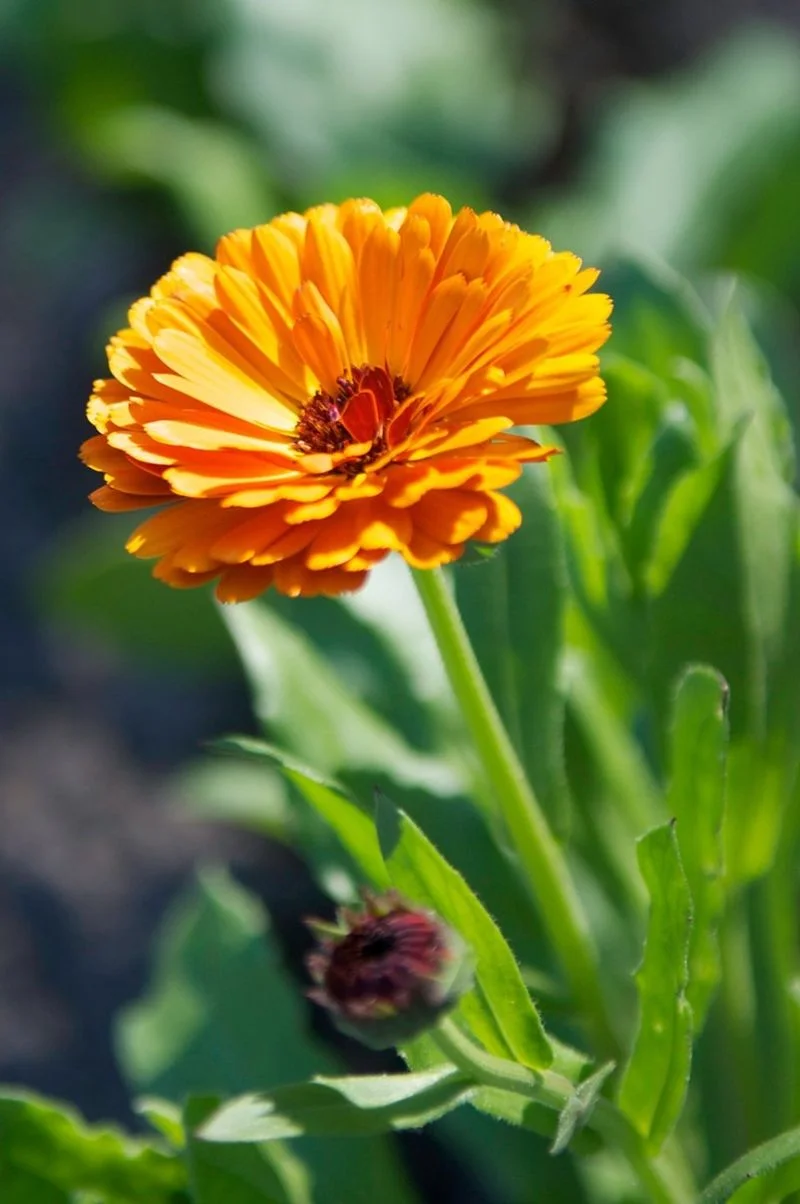
Calendula, known as “poor man’s saffron,” imparts a subtle, saffron-like flavor and vivid color to dishes. These bright blooms, with their cheerful golden-orange petals, are more than just a pretty face. Historically used for medicinal purposes, calendula also finds its place in kitchens. Whether added to salads, soups, or rice dishes, these flowers provide both taste and hue. Hardy and easy to grow, calendula thrives in varied conditions, making it a garden staple. Their ability to brighten a dish or garden bed with minimal effort is truly remarkable.
Violet
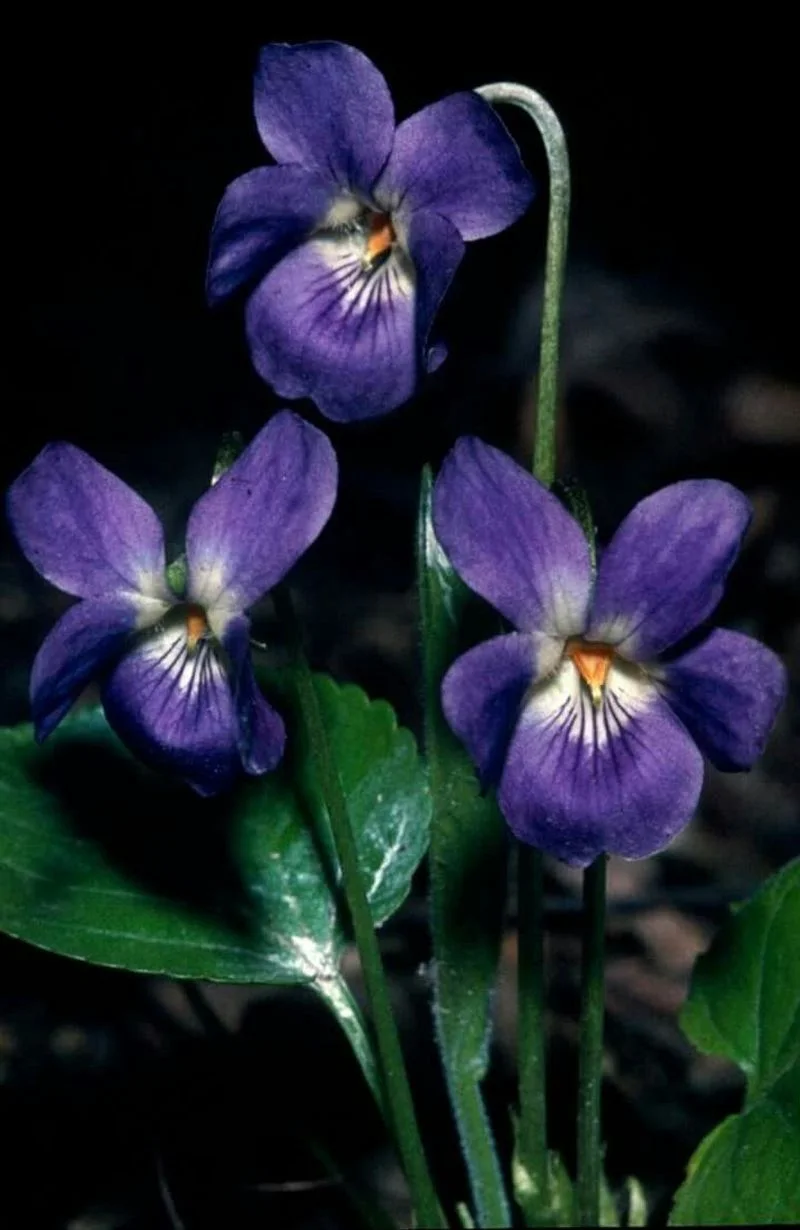
Violets charm with their delicate sweetness and soft hues, making them a delightful addition to desserts. Their subtle fragrance and gentle taste are perfect for candied decorations or infused syrups. Traditionally, violets have been symbols of love and luxury, often used in perfumes and cosmetics. In the kitchen, they lend a touch of elegance to confections. Cultivating violets is relatively simple, and their blooms can return year after year. Their history and versatility in both culinary and ornamental uses make them a perennial favorite.
Squash Blossom

Squash blossoms, with their soft, velvety texture, are a true delicacy. Often found adorning gourmet plates, they have a mild, slightly sweet taste that pairs well with cheeses and herbs. These golden blooms are typically harvested early in the morning when they’re freshest. A popular preparation involves stuffing them with ricotta and frying, creating a crispy, flavorful treat. Beyond their taste, squash blossoms are a sign of summer’s bounty, often found in farmers’ markets. Their unique texture and flavor make them a must-try for culinary enthusiasts.
Hibiscus

Hibiscus flowers are renowned for their tart, cranberry-like flavor, often used in teas and jams. These large, showy blooms, with their deep reds and pinks, are not just a treat for the eyes. In many cultures, hibiscus tea is a staple, known for its refreshing taste and potential health benefits. The flowers are rich in antioxidants, making them a popular choice for health-conscious individuals. Growing hibiscus is suited to warm climates, where they can thrive outdoors. Their striking appearance and unique flavor make them a standout addition to any garden or dish.
Rose
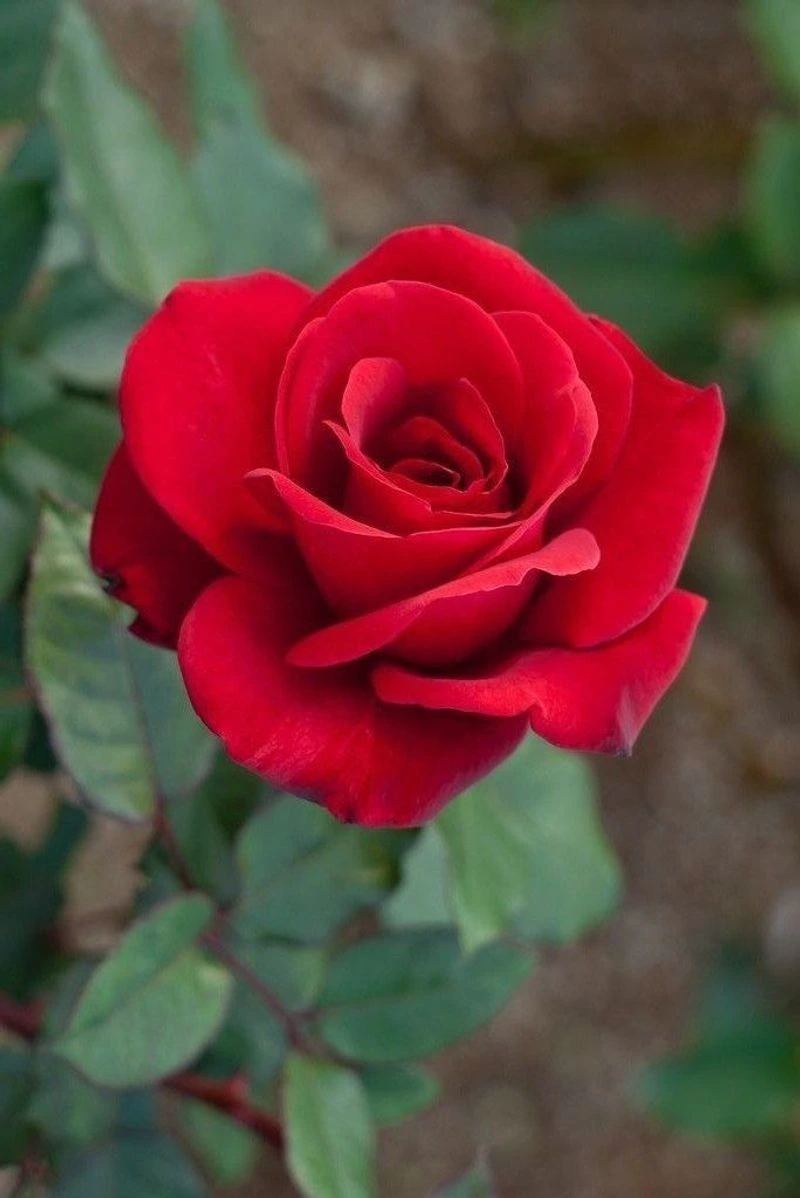
Roses offer a subtle, sweet flavor that can enhance both savory and sweet dishes. With a history steeped in romance and beauty, roses have long been used in culinary practices around the world. Rose petals can be candied or used to infuse syrups and desserts with their delicate essence. The fragrance they impart is as enchanting as their vibrant colors. Cultivating roses requires a bit of care, but their beauty and flavor reward the effort. Their versatility in the kitchen and garden make them a cherished staple for chefs and gardeners alike.
Lavender
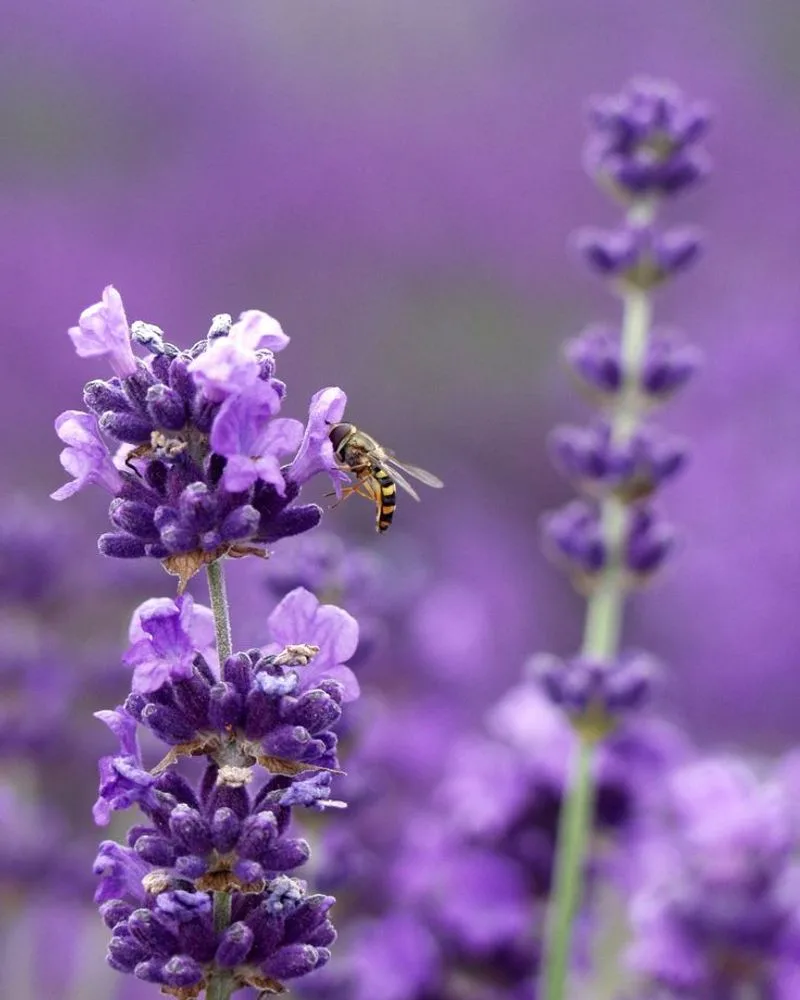
Lavender’s distinctive floral aroma and slightly sweet flavor make it a favorite for culinary use. These purple blooms, often associated with calm and relaxation, can enhance a variety of dishes. Lavender is commonly used in baked goods, cocktails, and savory recipes, adding an elegant touch. Its calming scent and taste make it popular in teas and sweet confections. Growing lavender requires a sunny spot and well-drained soil, but the reward is a garden filled with its soothing scent. Its culinary and aromatic qualities make it a beloved choice for many.
Pansy
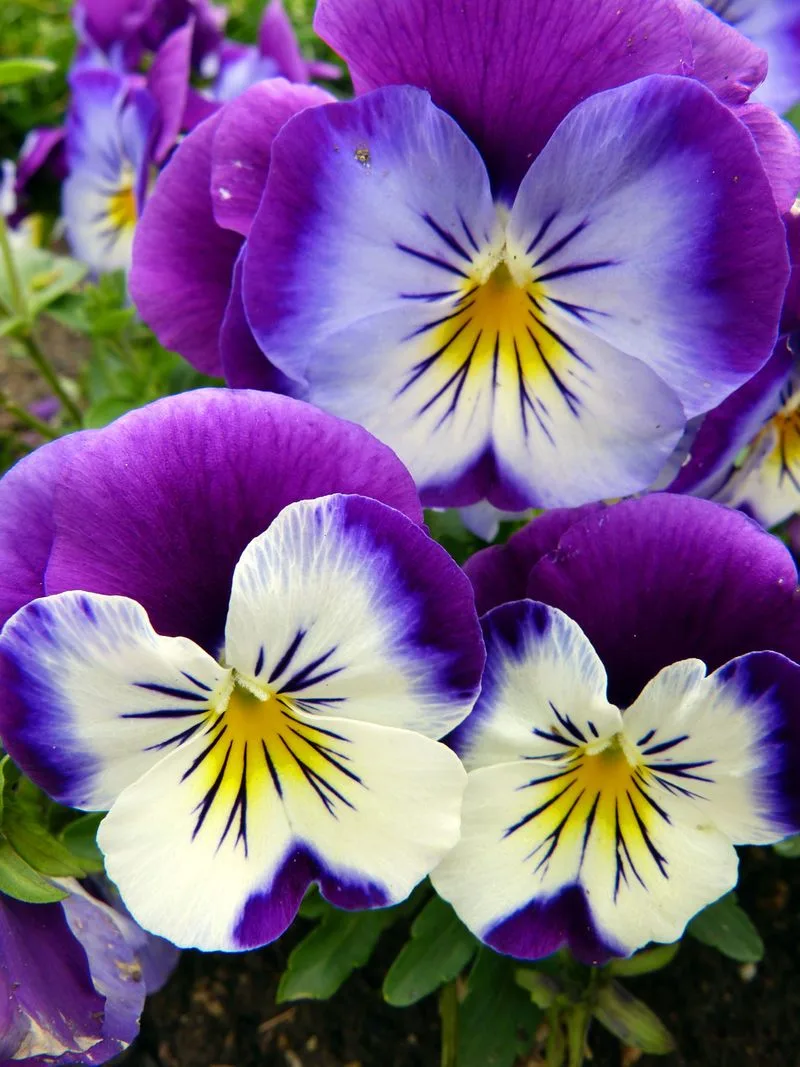
Pansies, with their cheerful faces and mild taste, are a versatile addition to salads and desserts. Their petals offer a gentle hint of wintergreen, making them suitable for a variety of dishes. These flowers come in an array of colors, allowing for creative culinary presentation. Beyond taste, pansies are appreciated for their ability to bloom in cool weather. Easy to grow, they thrive in pots and garden beds, offering color and flavor throughout the season. Their adaptability and charming appearance make them a favorite for both chefs and gardeners.
Chamomile
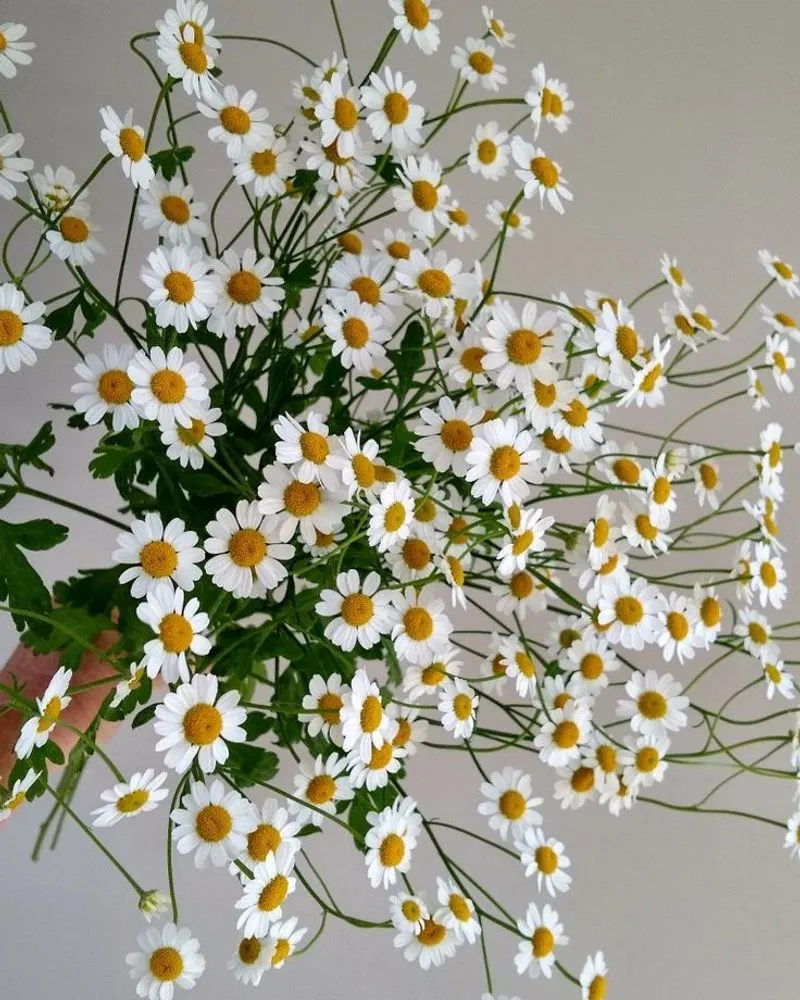
Chamomile is well-known for its calming properties and apple-like flavor, often enjoyed as a soothing tea. These dainty flowers, with their white petals and yellow centers, have a gentle charm. Traditionally, chamomile has been used for its medicinal benefits, including aiding sleep and digestion. In the kitchen, these flowers can be used to flavor desserts and beverages. Chamomile grows well in sunny spots, bringing both beauty and utility to gardens. Their delicate nature and soothing qualities make them a cherished addition to any herbal collection.
Chive Blossom
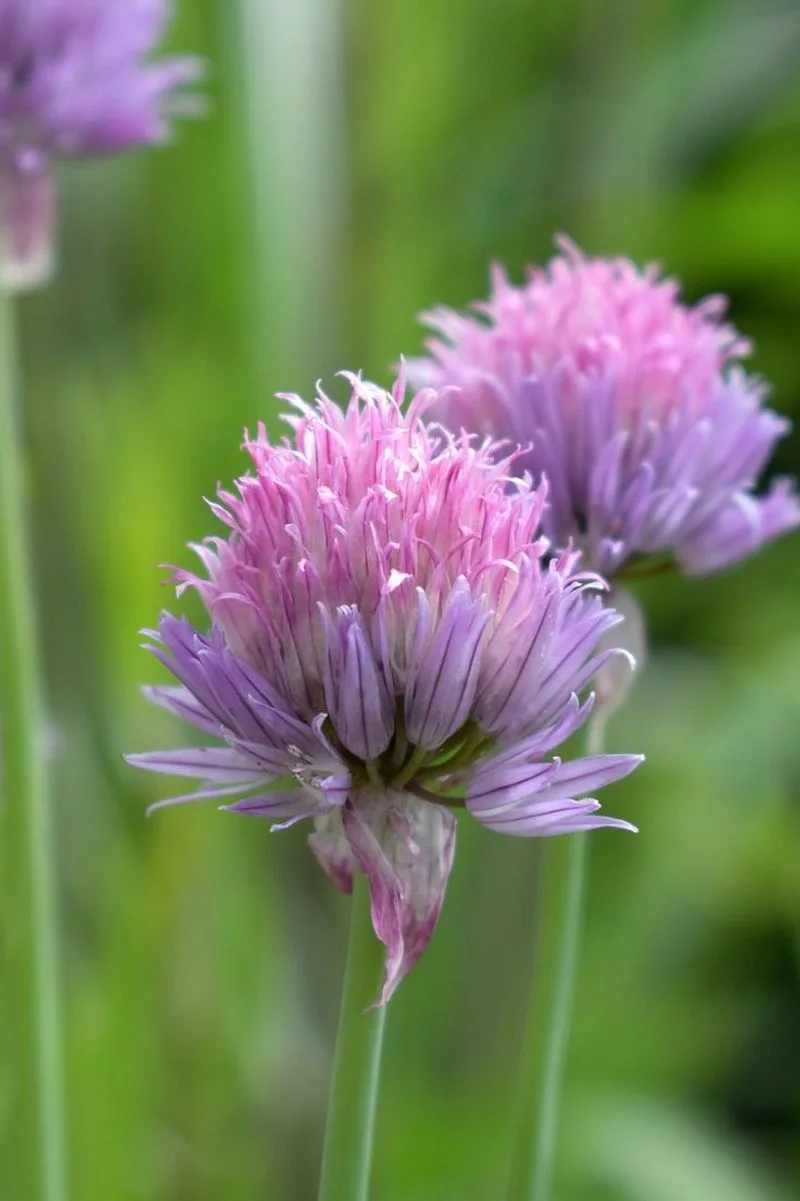
Chive blossoms introduce a mild onion flavor, adding a delicate touch to salads and garnishes. These purple blooms are both attractive and flavorful, complementing a variety of dishes. Beyond their taste, chives are easy to grow, often thriving in kitchen gardens and containers. Their flowers can be infused into vinegars for a subtle, oniony kick. Chive blossoms not only enhance culinary creations but also attract pollinators, making them beneficial for gardens. Their combination of beauty and utility makes them a popular choice for cooks and gardeners alike.
Dandelion
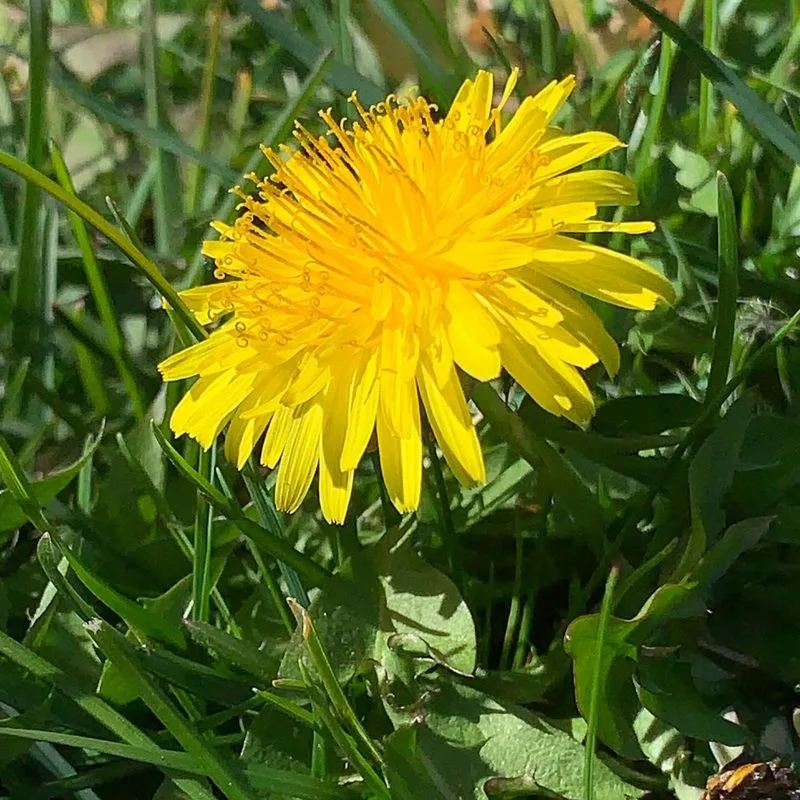
Dandelions are more than just a weed; their bright yellow flowers are edible and packed with vitamins. These blooms offer a slightly bitter taste reminiscent of chicory, often used in salads and teas. Historically, dandelions have been valued for their medicinal properties, known to aid digestion and detoxification. The entire plant is edible, from root to flower, providing diverse culinary opportunities. Dandelions thrive in varied conditions and are easy to forage, making them accessible for many. Their nutritional value and versatility secure their spot in kitchens and natural remedies.
Marigold

Marigolds bring a citrusy, tangy flavor to dishes, often used as a garnish or in salads. These golden-hued blooms are not only visually striking but also add a unique taste to culinary creations. Known for their pest-repellent properties, marigolds are a beneficial addition to vegetable gardens. They thrive in a variety of climates, providing blooms throughout the growing season. Their ease of growth and vibrant colors make marigolds a popular choice for gardeners and chefs. Their dual role in pest control and culinary use enhances their appeal.
Safflower
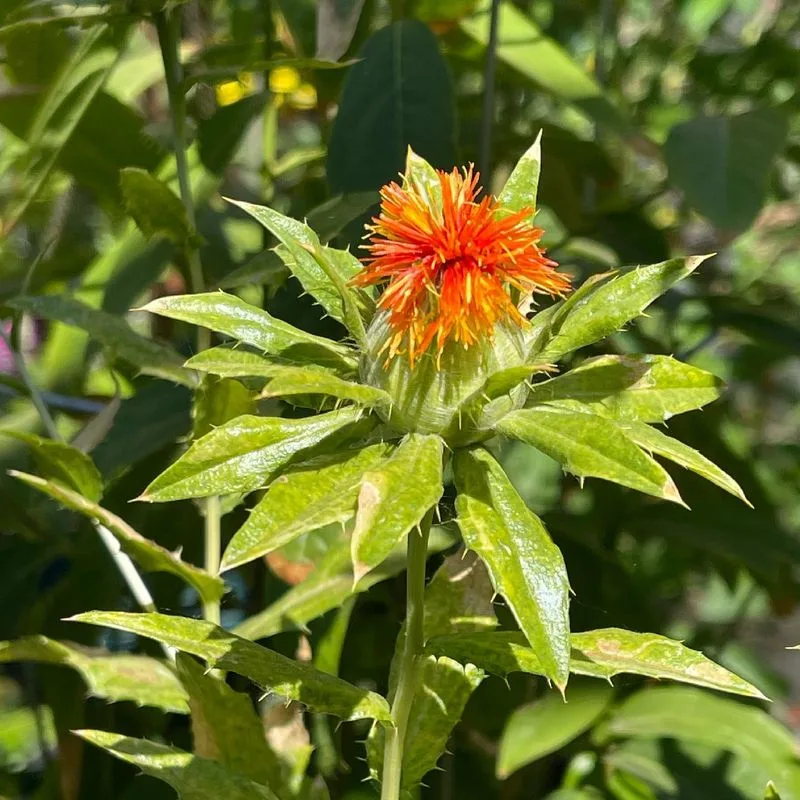
Safflower flowers, resembling small sunbursts, offer a mild flavor similar to saffron. These golden blooms are often used to impart color and subtle taste to dishes. Historically used as a dye, safflower also finds its place in the culinary world. Its petals can be infused into broths and rice, adding a hint of color and flavor. Easy to grow, safflower thrives in sunny conditions and requires minimal care. Their vibrant appearance and culinary versatility make them a valuable addition to gardens and kitchens alike.
Elderflower
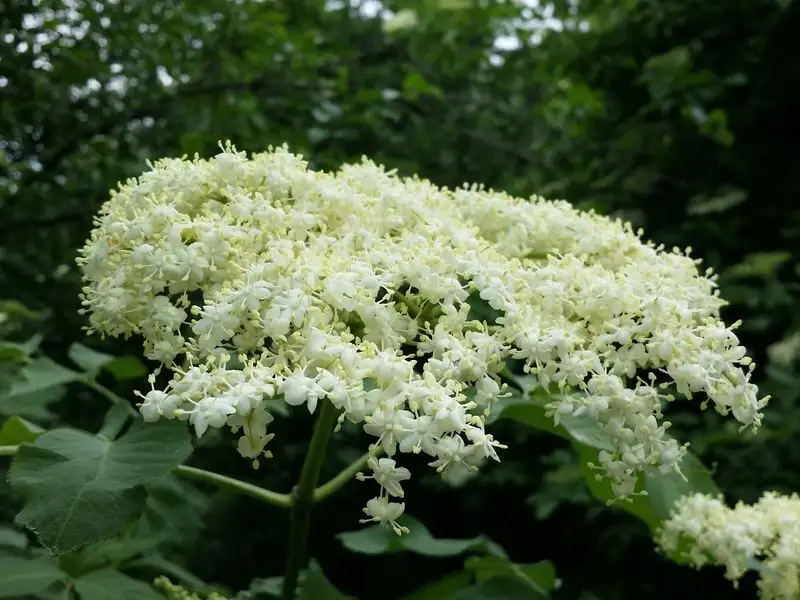
Elderflowers, known for their delicate fragrance and unique taste, are often used in syrups and cordials. These white blooms carry a floral, honeyed flavor that enhances beverages and desserts. Traditionally, elderflowers have been used in remedies for colds and flu, valued for their soothing properties. In the kitchen, they offer a sweet, aromatic addition to a variety of recipes. Elderflowers grow on shrubs that thrive in temperate climates, often found in hedgerows. Their enchanting taste and fragrant nature ensure they remain a favored choice for culinary use.

